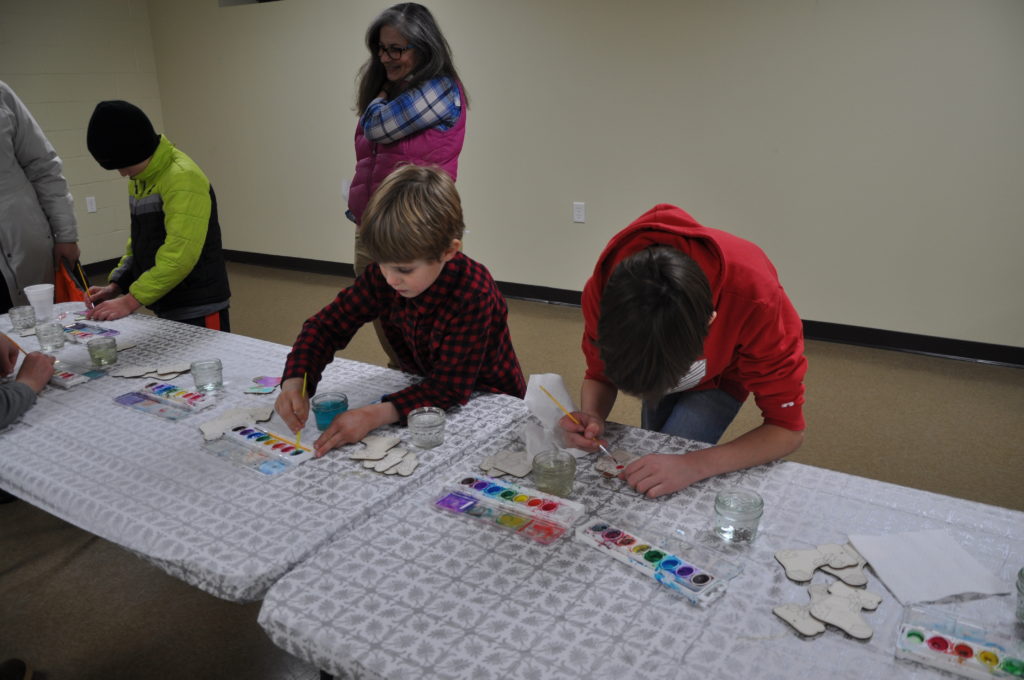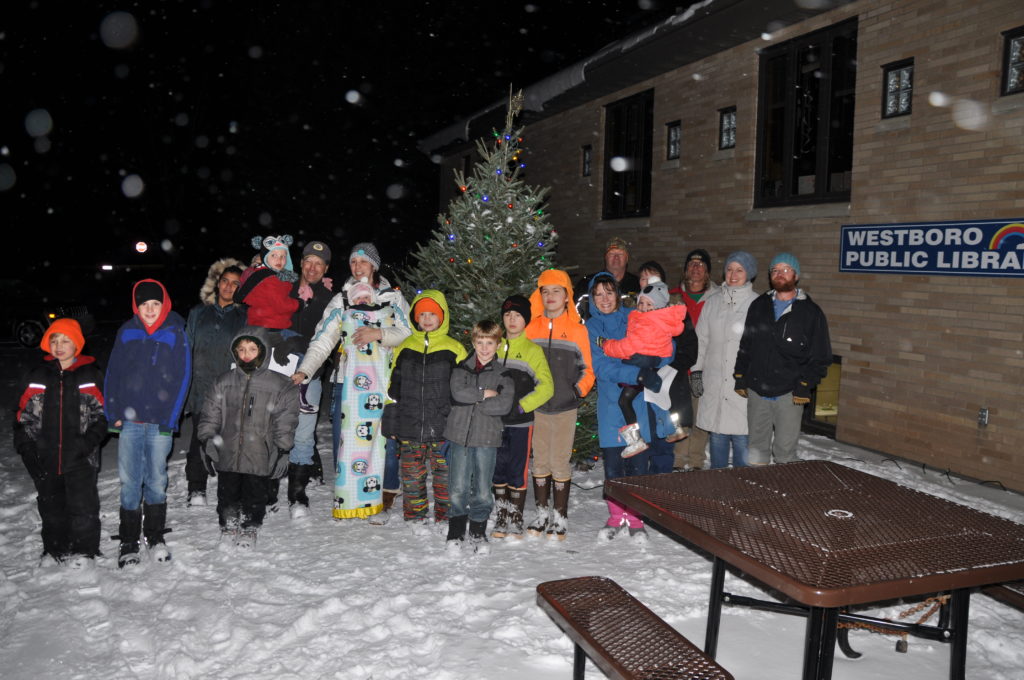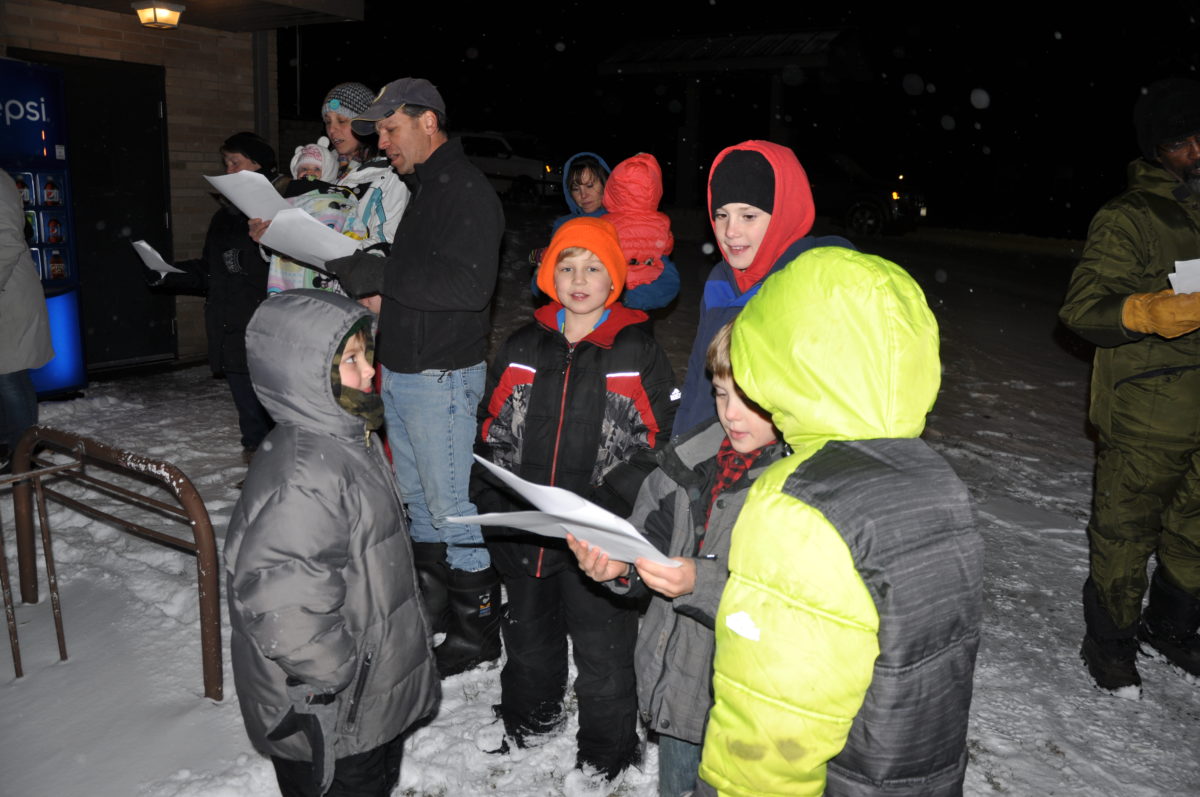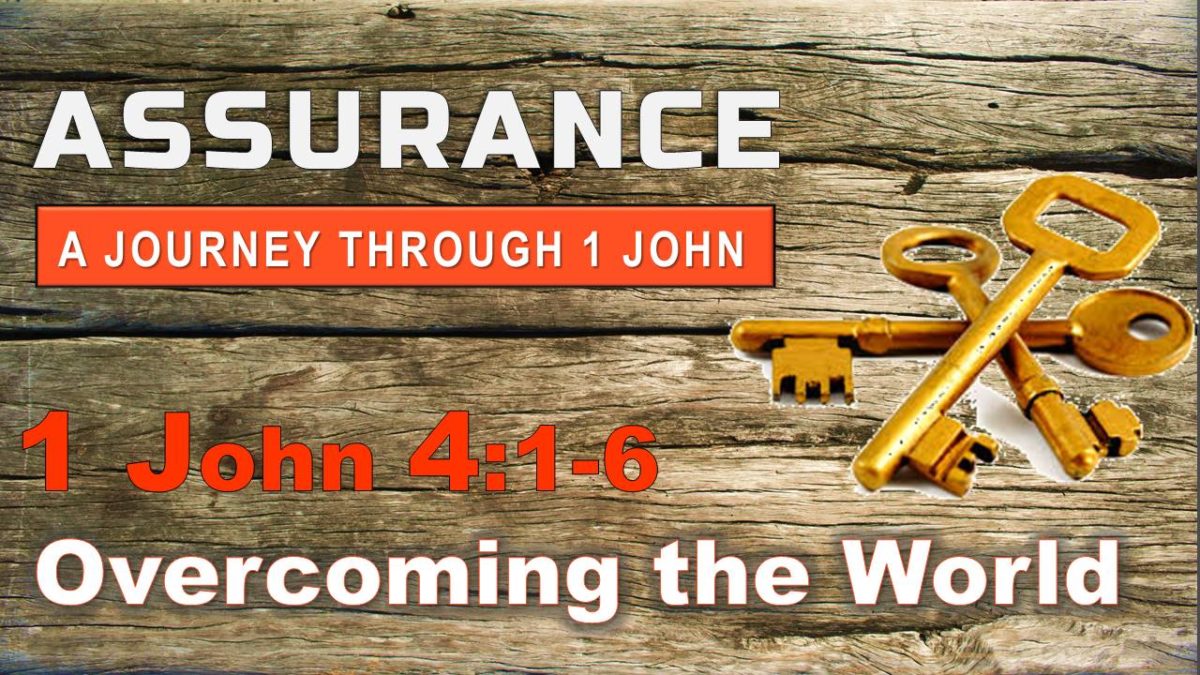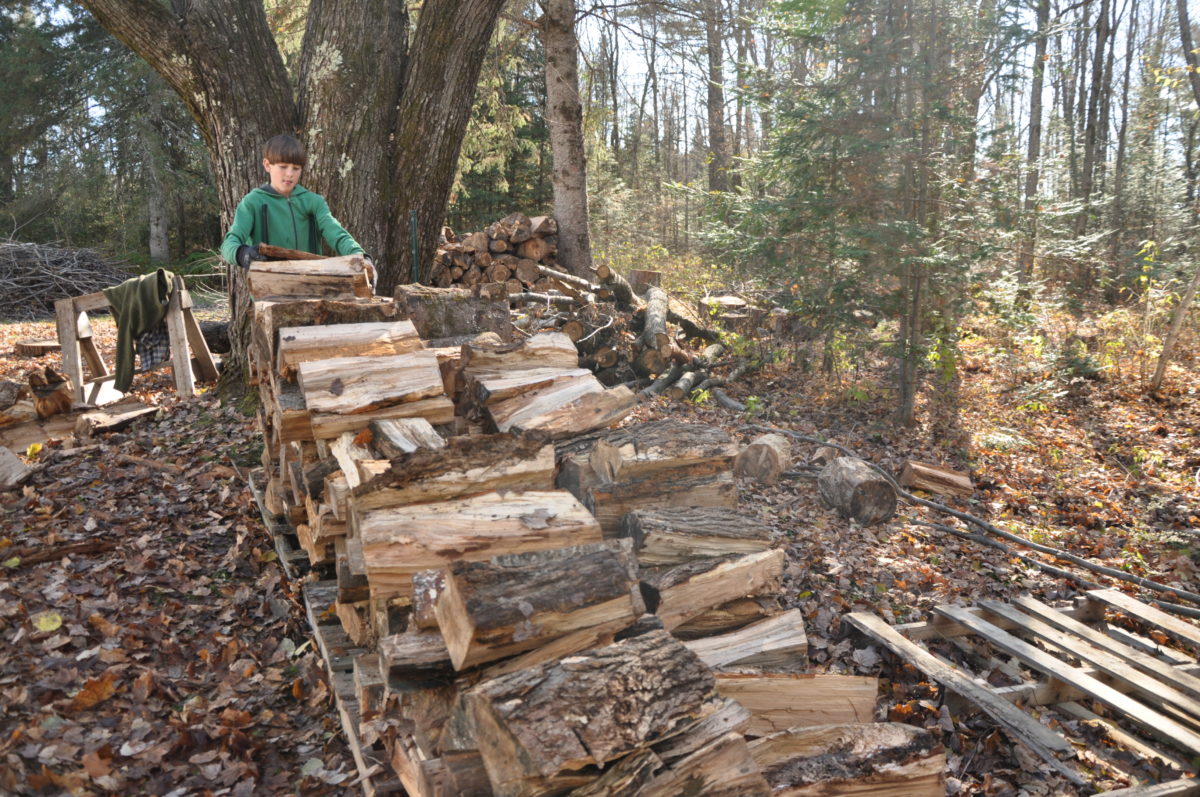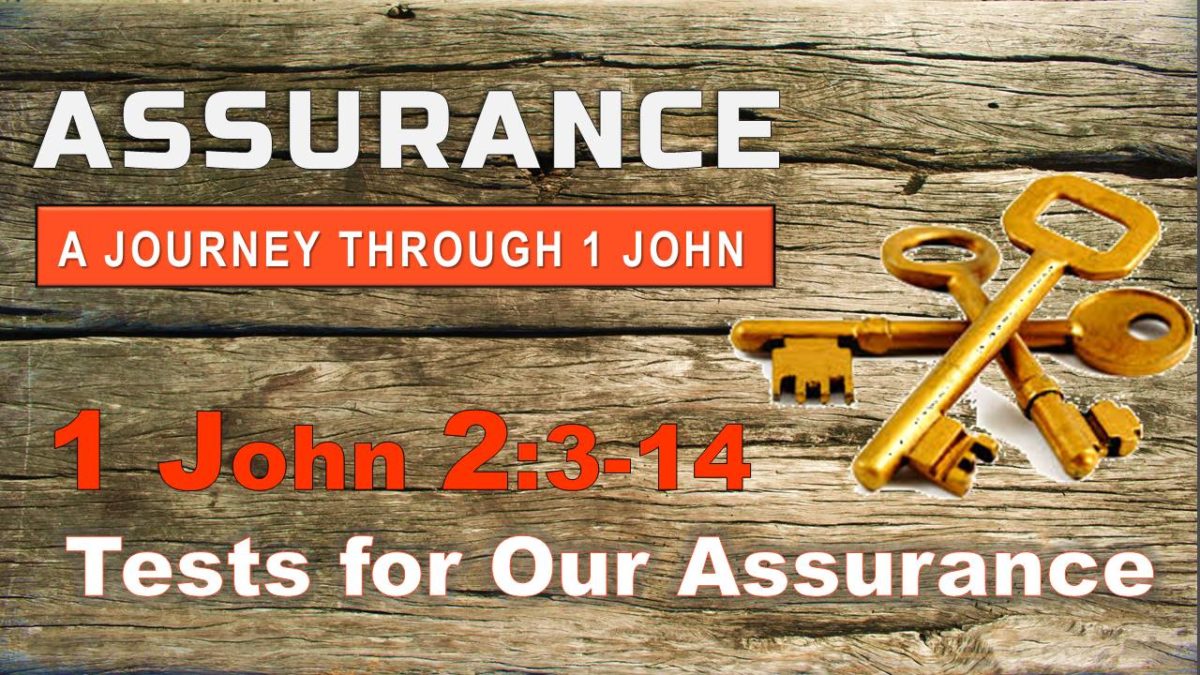This week the nation buried President George H. Bush. We flew our Woodland flag at half-mast, and our family streamed snippets of the ceremonies, in between care visits, large-group hosting and homeschooling. I had to wonder what it would be like to conduct that service in that cathedral—five presidents present, four of them living. The eyes of the world trained on Washington D.C.
Also this week, we lit the Christmas tree in “downtown” Westboro, Taylor County. A few of us gathered in the dark. Candace plugged in the tree she’d decorated herself, and we all cheered. Then, we sang Christmas carols, especially the ones about Jesus Christ. You know, the Son of God come in the flesh. Nobody minded. Most of those who might be offended have never heard of Westboro, Taylor County. Then, we went inside for cookies and a craft.
Two different places, Washington and Westboro. Do you think both matter to God?
In Luke 1.26-38, Gabriel the angel announces the coming of Jesus to Mary. The passage contrasts with 1.5-25. Two places (the temple in Jerusalem and an unknown setting in Nazareth); two mothers (one married to a priest, one engaged to a carpenter). You’d expect the Christ-child to arrive in the temple or, better, a palace. Mary is surprised to learn the Savior would be born to her. Who is Mary? Where is Nazareth? The whole thing is unlikely.
There’s three exchanges in Mary’s short interview with the angel. There’s a greeting and a troubled silence (:28-29). Greetings, O favored one, the Lord is with you! says the angel. Mary doesn’t respond; she ponders. What’s this all about?
There’s a promise fulfilled and an honest question (:30-34). Gabriel says: … you will conceive in your womb and bear a son, and you shall call his name Jesus … He will be great and will be called the Son of the Most High … the Lord will give him the throne of his father David … and he will reign over the house of Jacob forever.
All of this is fulfillment language for 2 Samuel 7. King David had been promised a descendant to rule forever. How does Mary respond? With a question: How will this be, since I am a virgin? She’s not doubting; she just wants to know how this is going to work.
Finally, we see the promised, life-giving power of God and a willing spirit (:35-38). Gabriel explains: the Holy Spirit will come upon you … the power of the Most High will overshadow you … the child will be called holy—the Son of God. God will give life without the normal, human biology. He’ll “overshadow” with His shekinah glory (see also Luke 9.34). What’s Mary’s response? Behold, I am the servant of the Lord; let it be to me according to your word.
Stepping back from this well-known passage, a couple applications present themselves:
First, God continues to create life in Jesus. He does this … not because of works done by us in righteousness, but according to his own mercy, by the washing of regeneration and renewal of the Holy Spirit …(Titus 3.5). Whenever someone trusts in Jesus (“let it be to me according to your word”), new life is created by God in Jesus through faith.
Also, God continues to work in small, out-of-the-way places when people respond to Him with a willing spirit. Mary’s response to God’s work is a model one, not because she’s in a palace or a temple, but because she had a willing spirit before. That’s why there’s hope for Westboro. That’s why there’s hope for any of us.
Could it be that God might be preparing a significant response to Himself in little Westboro through largely unknown people who respond to Him this Christmas in Jesus and with a willing spirit? Might He do such a thing where you live?
My right response to God in Christ is a willing spirit.
In what areas of your life do you need to respond to God with a “let it be to me”-response?
Why is there hope in this passage for all o us, no matter how unknown we are or how small our place?
How would you go about sharing the message of this passage with your friends and neighbors who aren’t thinking a bit about Jesus this Christmas?
Have a great week of Christmas preparation in the Lord!
